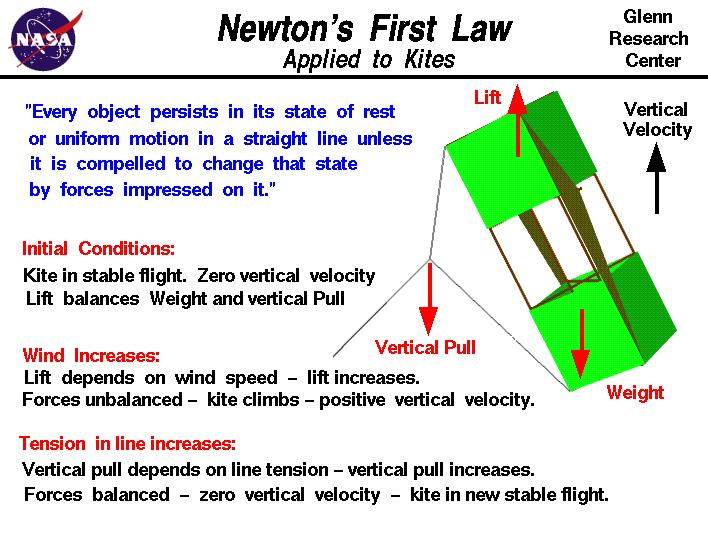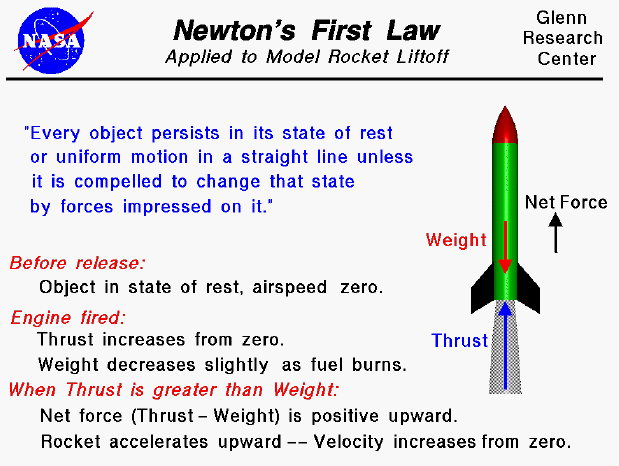Newton s laws of motion are three physical laws that together laid the foundation for classical mechanics they describe the relationship between a body and the forces acting upon it and its motion in response to those forces.
State newton s 2nd law of motion this law contains newton s 1st law of motion explain.
If you hit an obstacle which suddenly stops the motion of the skating board your body moves forward.
Newton s first law of motion can explain how a magician pulls a tablecloth from underneath the dishes.
The larger the mass of the object the greater the force will need to be to cause it to accelerate.
As a result they remain undisturbed.
Isaac newton a 17th century scientist put forth a variety of laws that explain why objects move or don t move as they do.
In this unit newton s laws of motion the ways in which motion can be explained will be discussed.
Defining newton s second law of motion.
In this article we are going to discuss what newton s first law of motion and newton s second law of.
More precisely the first law defines the force qualitatively the second law offers a quantitative measure of the force and the third asserts that a single isolated.
As per newton s first law of motion the dishes and glasses remain in their state of motion rest.
These laws explain the relation between forces and the body on which these forces acted upon.
It is vital to have a very good understanding in these laws in order to have a proper understanding in classical mechanics and even relativity.
A negligible horizontal force is applied during the process.
This is an example of body wanting to resist any change in its state of motion.
The second law of motion is a quantitative law and it also describes the concept of force.
In a previous chapter of study the variety of ways by which motion can be described words graphs diagrams numbers etc was discussed.
For every action there is an equal but opposite reaction.
Say you are riding a skate board.
Newton s second law of motion states that when a force acts on an object it will cause the object to accelerate.
Day to day occurrences of newton s first law of motion.
Newton s third law of motion states that if one object exerts a force on another object then the second object exerts a force of equal strength in the opposite direction on the first object.
Newton s second law states that the acceleration of an object depends upon two variables the net force acting on the object and the mass of the object.
The reason is your body wants to continue in its previous state of motion.
Newton s first law states that if a body is at rest or moving at a constant speed in a straight line it will remain at rest or keep moving in a straight line at constant speed unless it is acted upon by a force this postulate is known as the law of inertia the law of inertia was first formulated by galileo galilei for horizontal motion on earth and was later generalized by rené descartes.
The second law of motion is more quantitative and is used extensively to calculate what happens in situations involving a force.
Newton s three laws of motion.




























